When I wrote my kindle and online book Case for Moon First, I was surprised to find that the Moon is resource rich, and often beats Mars in habitability comparisons. Yet photos of Mars released to the press look so much more Earth-like than the Moon, because of the brightening of the landscape and boosting of blue in the scene (white balancing) done to help geologists read the rocks. Many of them even have blue skies instead of the grayish brown skies natural to Mars.
So, what if we did the same with photos of the Moon, gave it blue skies too, like many of the Mars press photos? It's easy to do because the surface is already lit up just as it would be for a sunny day on Earth. We don't need to do anything else, just colour the sky blue instead of black, and it looks Earth-like already. I was amazed at what a difference such a simple change makes to the feel of the scene. You can read it as if illuminated on a sunny day, which is indeed what it was like for the Apollo astronauts.
So, here is what it looks like. These images are not altered in any way. All I've done is to crop the original photos, and replace the black skies with photographs of blue skies and clouds from Earth. You can click on the images to open them in a new tab to see them in higher resolution:
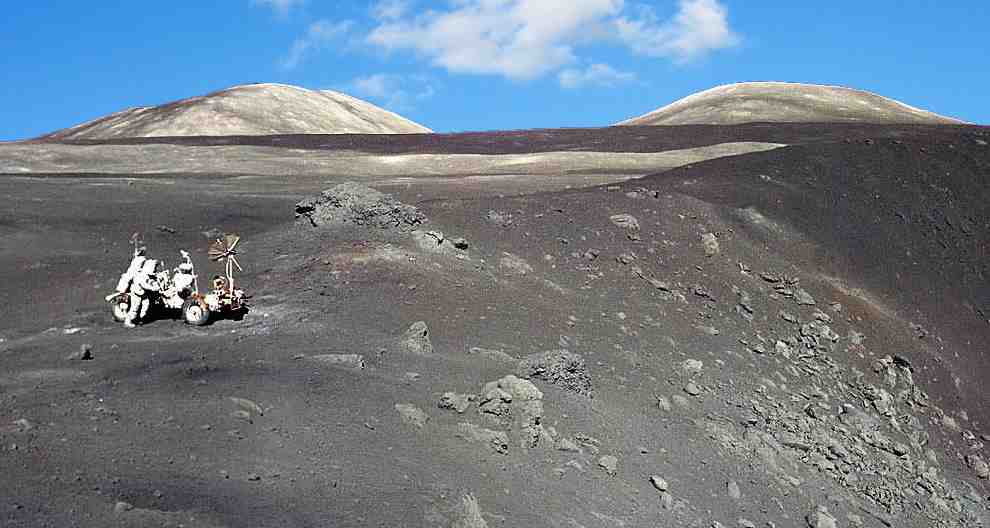
Original here Apollo 17 at Shorty Crater - blue sky from here
Larger part of the photo with blue sky added
Original here:
Original here, sky from here
Original here
Original here, sky from here
Original here, sky from here
(I got the idea to do this during a conversation with DougSpace on my article Wait, Let's Not Rush To Be Multiplanetary Or Interstellar - A Comment On Elon Musk's Vision)
It suddenly looks much more Earth-like. Yet it's a vacuum there. The thing is that of course it was a sunny day for the astronauts - you tend to forget when you see the black sky. On Earth some of the light comes to the landscape from the sun and some reaches us indirectly from the blue sky and the clouds.
On the Moon, much of the light comes from the sun, but a lot of light also comes indirectly from the landscape itself. That's why you can see detail in the shadows, and why they aren't completely black on the Moon. So - it's not quite so surprising as you'd think, but fun.
You can make the photos look even more like Earth by reducing the contrast - shadows are not quite so contrasty on Earth. I tried that and it worked. You could also fuzz the edges of the shadows as they are never so sharp edged on Earth, and you'd need to do something about the black sky reflected in astronaut's helmets. However I'm not trying to simulate an Earth illumination on the Moon. I don't have the skills anyway;, there are graphics designers, artists, 3D modellers etc who could do a much better job.
But that wasn't my aim here. The aim was to show how the Moon is as Earth like as Mars in photographs, and indeed more so, with minimal processing, not even the white balancing they use for Mars photos. So to do additional processing to make it look more Earth like would rather defeat the point in the article. Perhaps others will do that in the future.
It's similar on the Mars surface, it is nearly as much of a vacuum as the Moon as far as humans are concerned. The moisture lining your lungs would boil there. Mars is not really significantly more "Earth like" than the Moon, I think.
This is a colour enhanced Mars image as you would see it in most press photos - enhanced for the purposes of geologists, so that the rocks look like the same types of rocks under Earth illumination. There are two ways to do this. The most common method is white balancing which takes the brightest patch in the scene, and adjusts it in brightness and hue until it is white. The other method, occasionally used, is natural colour which uses a calibration based on photographs of a colour swatch on Curiosity that was previously photographed on Earth.
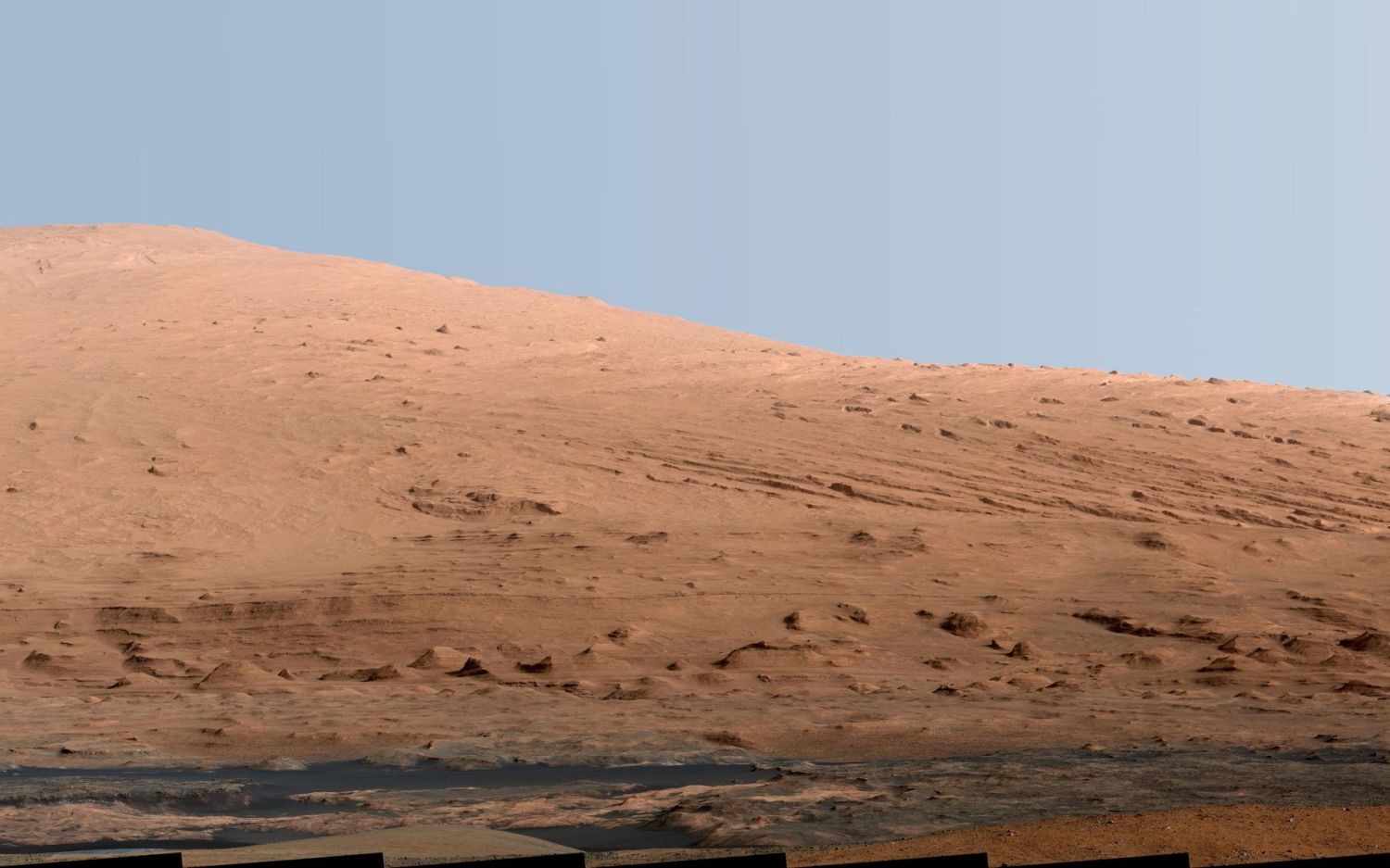
This is what Mars would look like to a typical smartphone camera, the raw image from Curiosity (both these photos are of Mount Sharp)
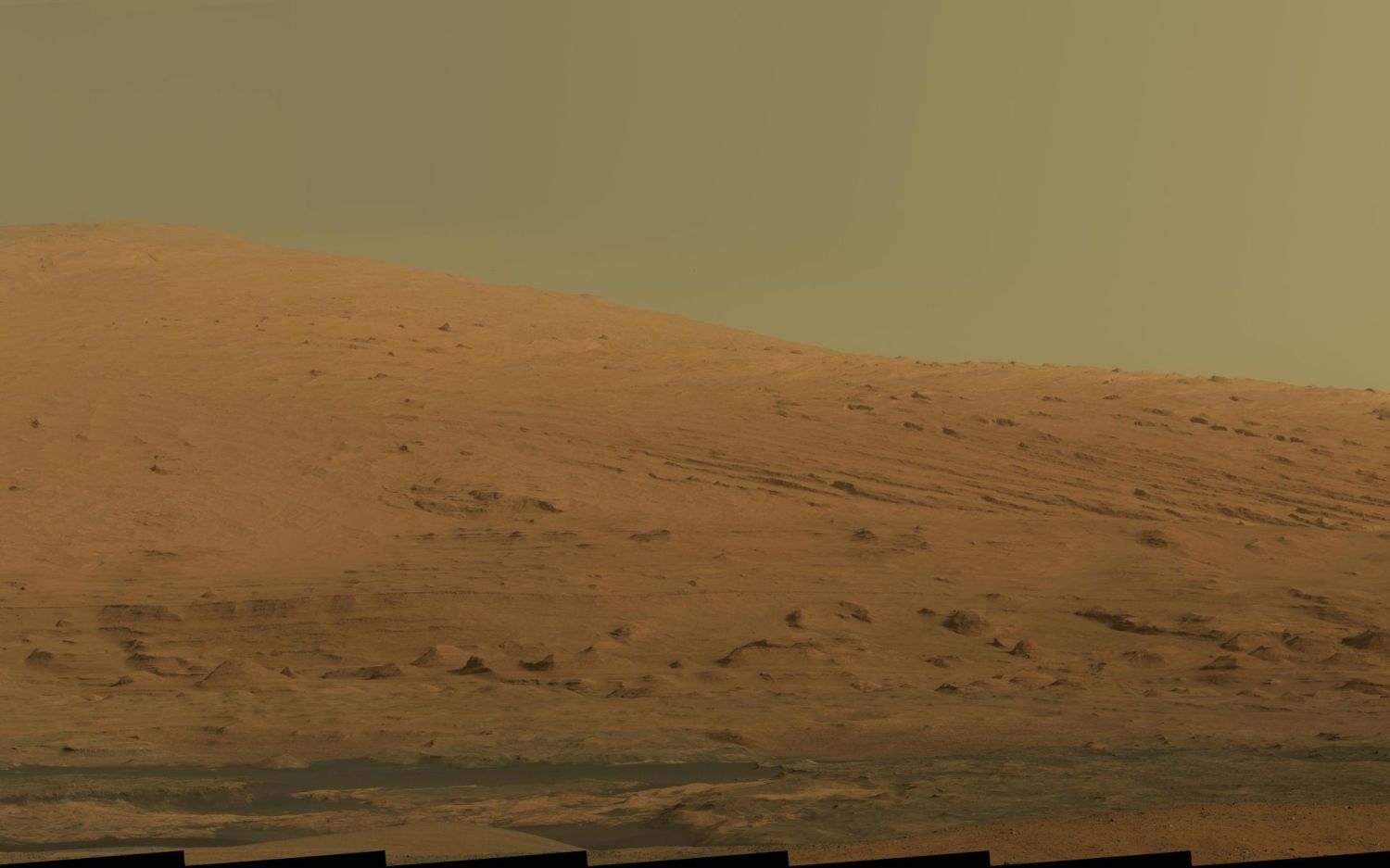
Photos from here
I think the Moon would be a more interesting landscape to a human eye. Much brighter - which tends to make humans feel cheerful. While the sunlight on Mars at its brightest is half the illumination of Earth, and as well, it's a dull brown in colour with the Mars dust suspending in the air filtering out the blue. It has no blue sky except around the sun at sunset. Also there is very little variation in colour in the landscape. It's mainly dull grayish browns, with no blue and none of the bright glints catching the sunlight we have on Earth. I think that any Mars colonists would have a tendency towards depression just because of the rather gloomy sky and dull coloured landscape,.
The idea of sharing these photos is not to try to make the Moon seem like a great place to colonize instead of Mars :). It's a great place to explore - but I think that to colonize space right now - Mars, the Moon or anywhere - is like Shackleton saying “Oh, we managed to survive a winter here, huddled under a boat and hunting seals, amazing, let’s colonize Antarctica”.

Those remaining on Elephant Island in Antarctica waving farewell to Shackleton and his five crew as he set off in the James Caird boat to find rescue in South Georgia. They managed to survive a winter in Antarctica, but they didn’t say “Oh great, let’s colonize Antarctica :) “ Ernest Shackleton and the Endurance expedition, The voyage of the James Caird, Elephant Island
(they weren’t first to overwinter, that honour goes to the Southern Cross Expedition)
Norway's most significant historic site in Antarctica - first to over winter in Antarctica, the Southern Cross Expedition
Mars may look more habitable than Antarctica but that’s mainly because it is so dry. If it did have enough water, the whole planet would be covered in a thick sheet of ice. It is very very cold there, especially at night, when the air gets so cold that some of it starts to freeze out as dry ice, even in equatorial regions. It does that for many nights of the year forming the ice combined with dry ice frosts photographed by Viking.
Actually Antarctica is far more habitable than either Mars or the Moon. It has a breathable atmosphere to start with, it's hard to beat that, no radiation problems, and you don’t have to hold in the air in against an outwards pressure of several tons per square meter. That is why space habitats like the ISS are such massive feats of engineering, with living quarters made up of tubes with rounded ends, or spheres, or in future perhaps, donut shaped space settlements. Everything has to be contained in rounded surfaces of strong materials.
Also they usually have few or tiny windows, because it is a challenge to make a transparent pane to withstand several tons per square meter of outwards pressure. If the interior is pressurized to Earth sea level equivalent, as for the ISS, then it has nearly a ton pressing outwards on a tiny window 30 cms by 30 cms (ten tons per square meter). It's much the same on Mars also, as there's only 1% difference in the amount of outwards pressure on the walls of a habitat on the Moon and on Mars, when pressurized to Earth sea level equivalent.
Even the summit of Mount Everest is far far more habitable than Mars or the Moon.
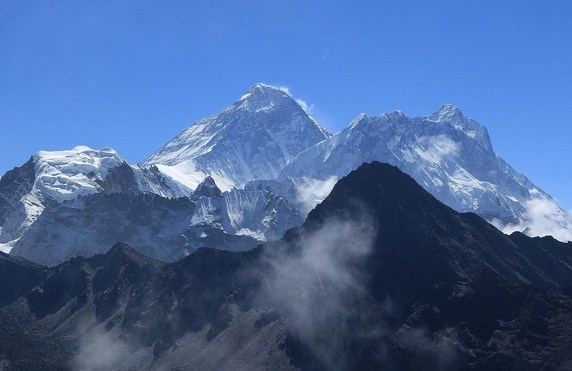
Compared to the surface of Mars, the summit of Mt .Everest is a paradise and would be a wonderful place to grow your tomatoes compared to Mars. You can almost breathe the air, with only supplemental oxygen; you don’t have to wear a spacesuit; your lungs won’t be damaged irreversibly in minutes, with the water lining them boiling; you just need to warm the place up and supply a bit of extra oxygen which you could extract from the ice using electrolysis, easy peasy :). Well not really, but compared to Mars it is.
The same is true of the Moon. So I don't see either being colonized soon. But I do think that the Moon is a great place for humans to go to explore, scientifically and in other ways, possibly leading to Antarctic base type settlements where people will live for years on end, and eventually places places for tourists, retirement homes, who knows what else. And I think there is a lot of potential for industry there as well. Whether it pans out or not who knows, but it's got the best chance of anywhere in the solar system of that working out in the near future I think.
With some good publicity, the Moon can once more be as exciting for humans as Mars has become, and as the Moon itself was before Apollo and during the first few landings there. It probably has the largest caves in the inner solar system, and has Earth in the sky all day and all night on the Earth facing side. The landscape goes a dramatic red during lunar eclipses, and with an atmosphere in a large habitat such as a lunar cave, you'd be able to fly with only human muscle power using wings. It has mountains and craters, and strange features like the Ina depression. Ice at the poles, valuable deposits to search for, and meteorites from Mars, Venus etc to look for.
As for scientific interest, it has as many points of interest as Mars - except for the possibility of life, which is the main reason for not sending humans with their trillions of attendant microbes to the Mars surface. For the reasons for protecting Mars from Earth microbes, see Wait, Let's Not Rush To Be Multiplanetary Or Interstellar - A Comment On Elon Musk's Vision, and Does Elon Musk's Plan Violate The Outer Space Treaty - Planetary Protection For Mars After Human Crashes.
The Moon also has biochemical interest - as a record keeper of the solar system. It may record the composition of the solar wind, galactic environment, and volatiles from comets in the early solar system. It must have meteorites from Earth, Mars, and asteroids. Not just recent ones but ones that have been preserved unweathered, with no Earth contamination, for billions of years. In the polar regions these meteorites probably preserve the organics as well. It may have fragments of ammonites and earlier organisms and microbes from Earth, still there, waiting on the Moon for tens, or hundreds of millions, or billions of years. It may even have meteorites from early Venus, when it could have been habitable like Earth. There is so much we don't know about the Moon. See Moon science surprises
Then, if we do have settlement on the Moon, its lunar caves, which are probably huge may well be large enough for millions of people to live there, with resources to support them also. It may have enough water for everyone in a city of a million to have an entire olympic swimming pool lane's worth of it, for instance. But I won't say any more on this just now. My next article is "Gardening on the Moon" which I look forward to writing, which will go into details of why the Moon is a great place for growing plants (as space habitats go of course), despite the bad press from Mars colonization enthusiasts who often say how bad the Moon is for growing things. That's another example of a comparison that turned up surprisingly favourable for the Moon when I was writing the book, especially for settlements at the lunar poles - but also the Moon is pretty good for growing plants in the lunar caves as well.
For a preview of some of what I'm going to cover, see
- Fertility of the lunar and Mars soil
- Earth length day on Mars versus advantages of close to 24/7 solar power at the lunar poles
and other sections in Case for Moon first on the topic.
But meanwhile thought I'd just share these photos of the Moon with blue skies as I thought they are rather cool.
WHERE TO FIND "CASE FOR MOON FIRST"
- Buy it from Amazon as a booklet for kindle

Case For Moon First: Gateway to Entire Solar System - Open Ended Exploration, Planetary Protection at its Heart - kindle edition
- Read it online on my website (free).
- Some of you might also find Pocket useful - I've been suggested this by a keen reader of my posts. It lets you read articles offline without any internet connection. It's free (with a premium version which few people need).
The kindle book may be useful if you want it formatted as a book, which you can read on your kindle, and also on most major smartphones, tablets and computers, using the free kindle reading app.
FACEBOOK GROUP
I've made a new facebook group which you can join to discuss this and other visions for human exploration with planetary protection and biological reversibility as core principles. Case for Moon for Humans - Open Ended with Planetary Protection at its Core
SEE ALSO

Robert Walker's posts - on Quora
And on Science20

Robert Walker's posts on Science20
KINDLE BOOKSHELF ON MY AUTHOR'S PAGE
And I have many other booklets on my kindle bookshelf


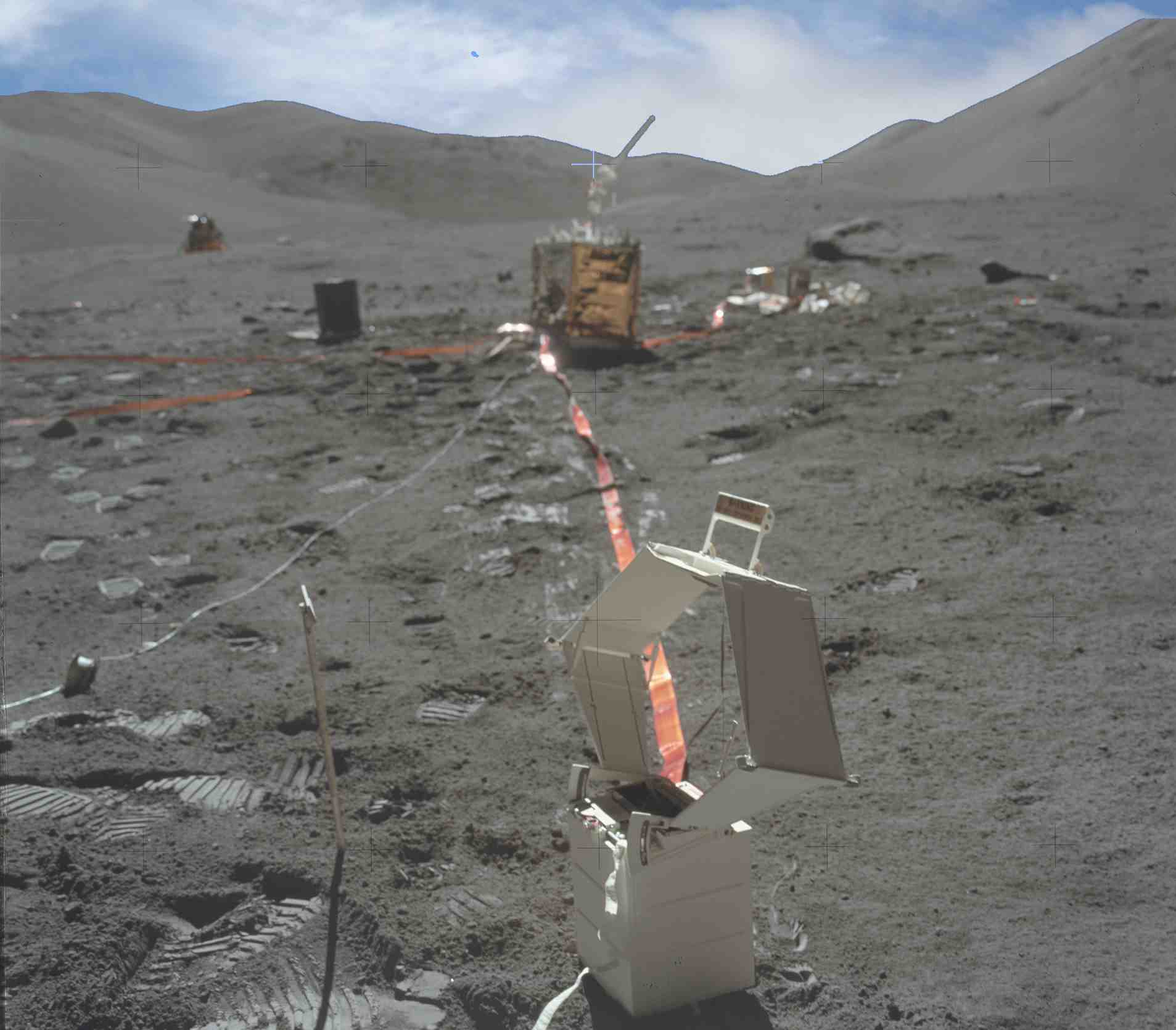
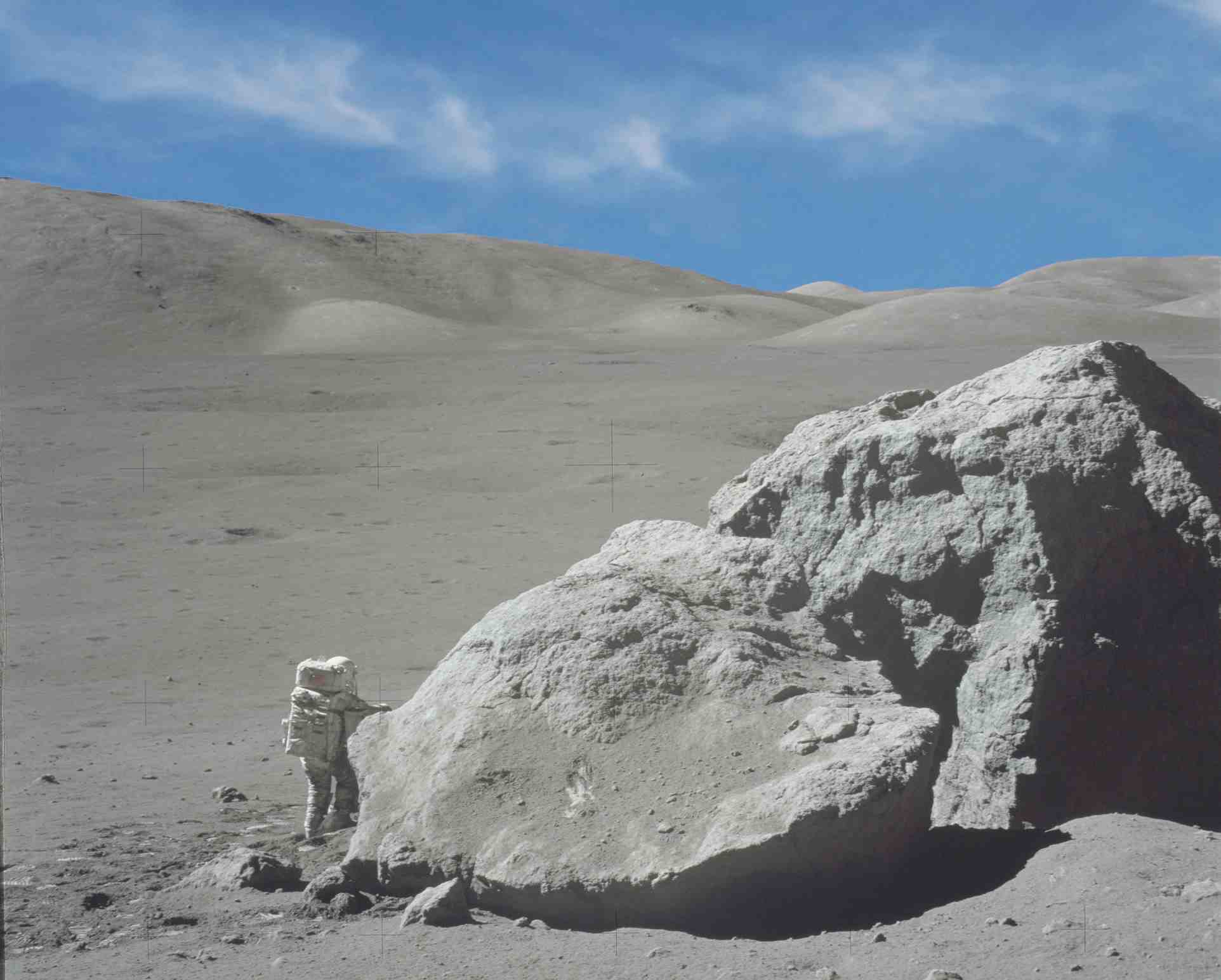
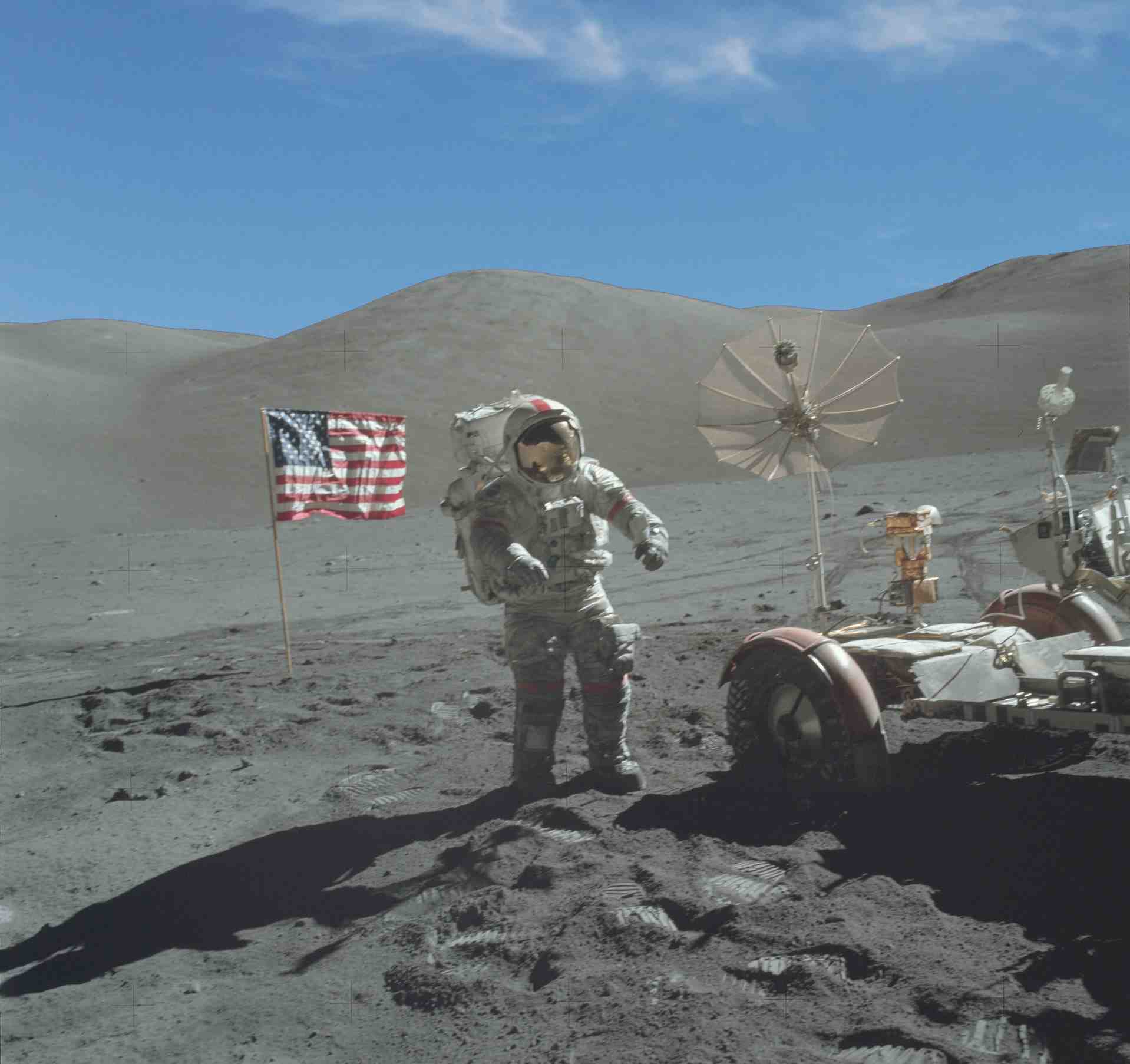
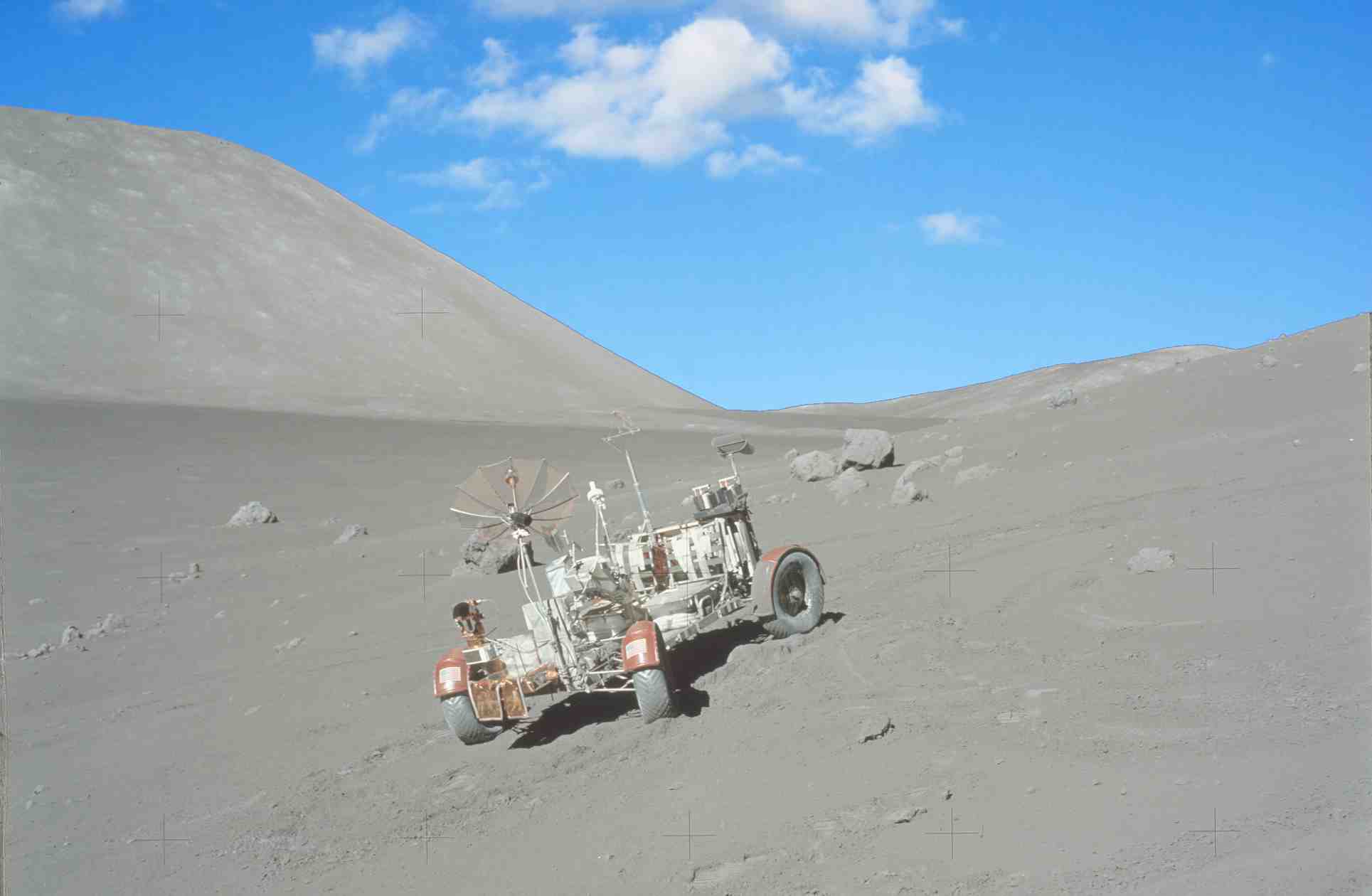
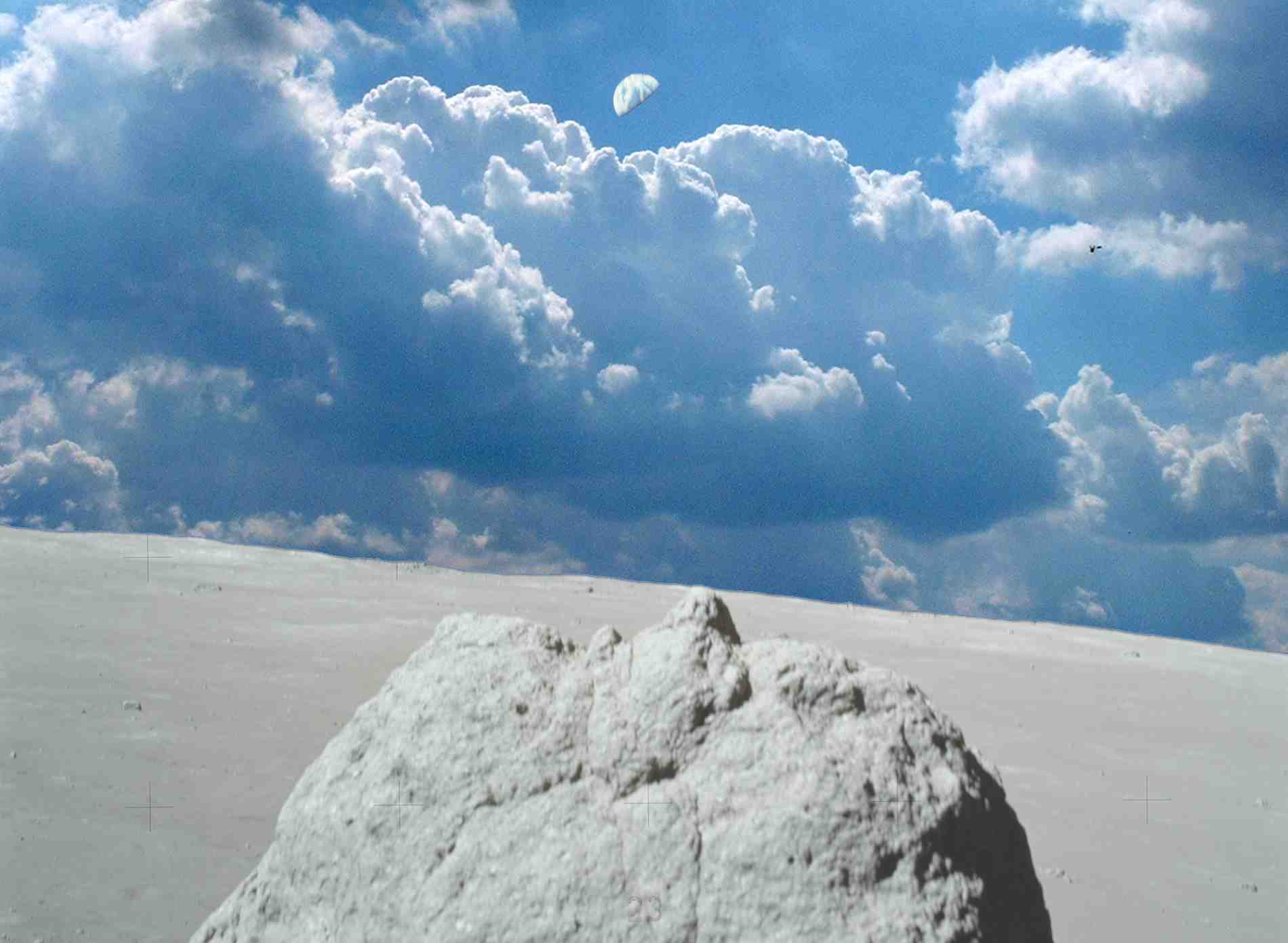
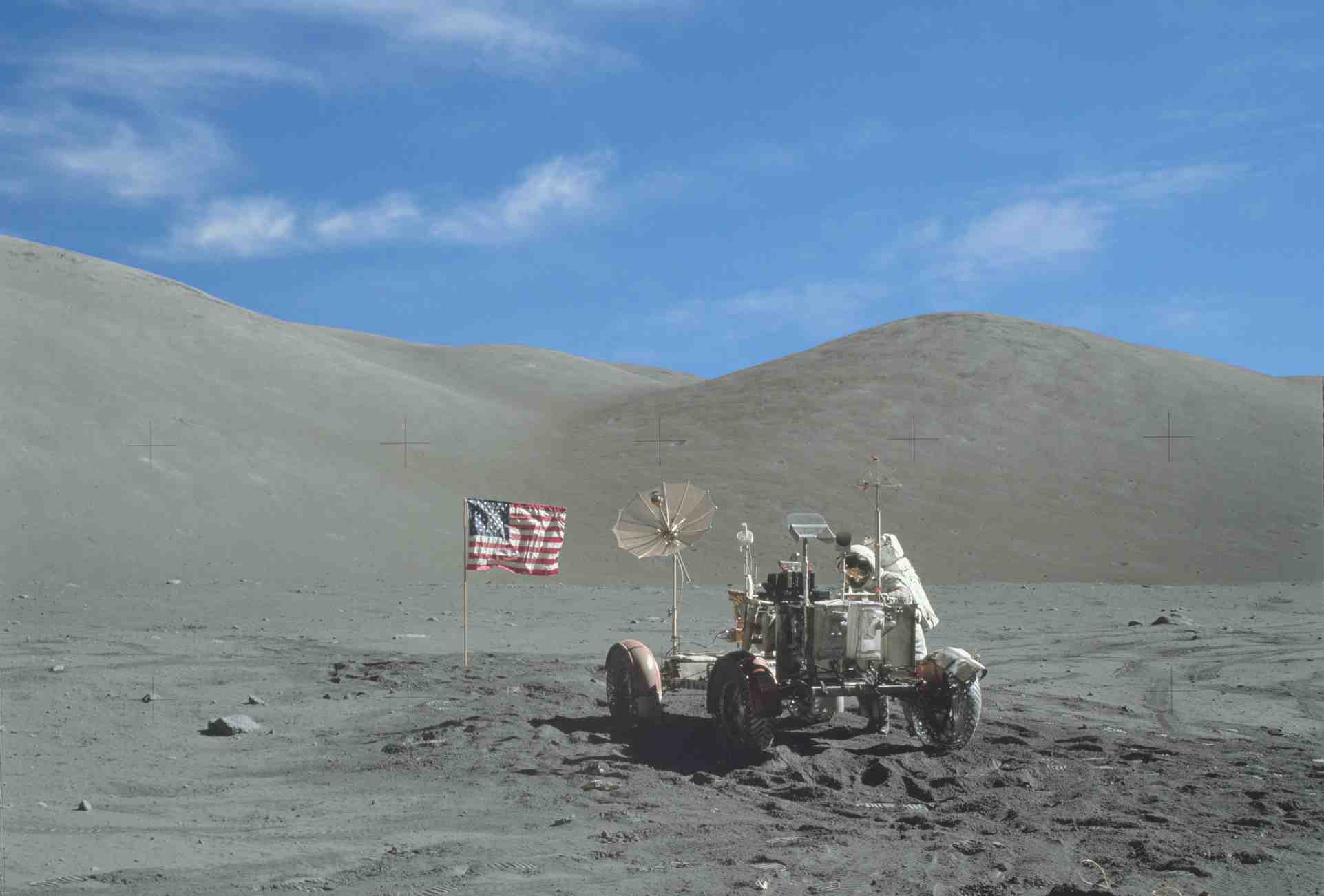



Comments